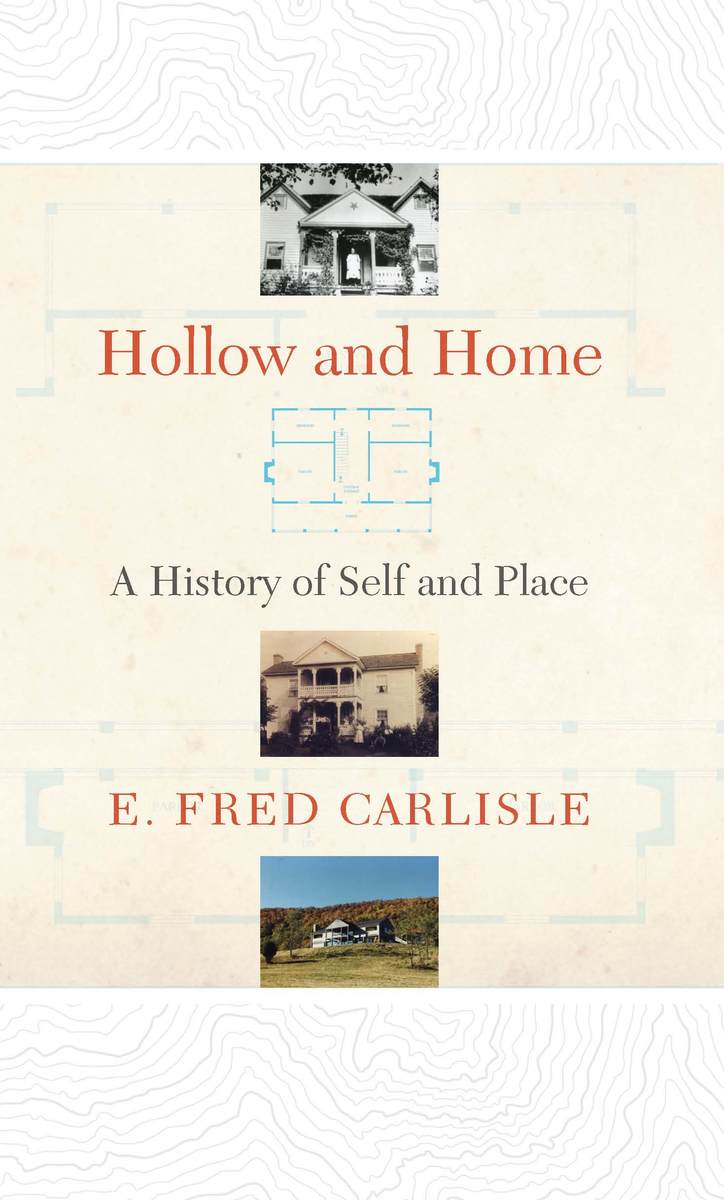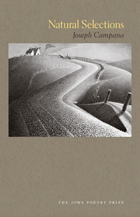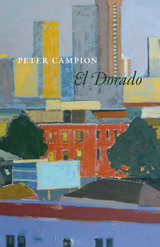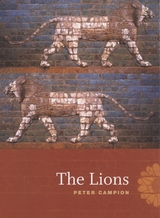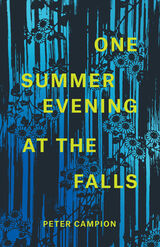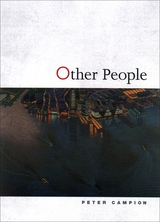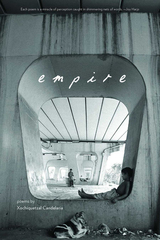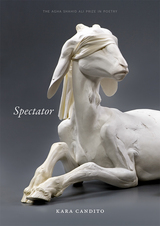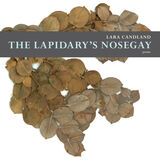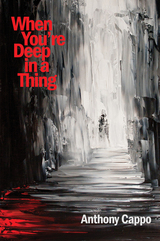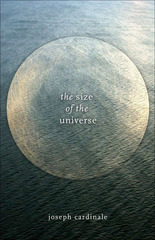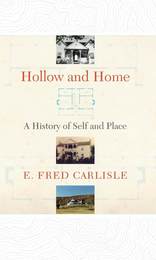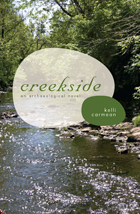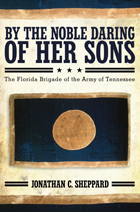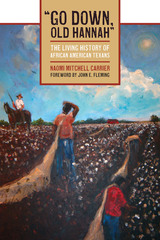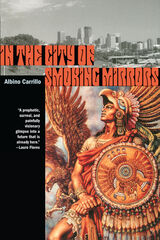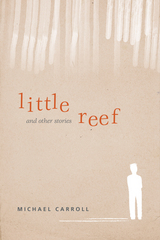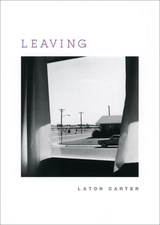Hollow and Home: A History of Self and Place
West Virginia University Press, 2017
Cloth: 978-1-943665-81-5 | eISBN: 978-1-943665-84-6 | Paper: 978-1-943665-82-2
Library of Congress Classification PS3603.A752587Z46 2017
Dewey Decimal Classification 809.93358
Cloth: 978-1-943665-81-5 | eISBN: 978-1-943665-84-6 | Paper: 978-1-943665-82-2
Library of Congress Classification PS3603.A752587Z46 2017
Dewey Decimal Classification 809.93358
ABOUT THIS BOOK | AUTHOR BIOGRAPHY | REVIEWS | TOC
ABOUT THIS BOOK
Hollow and Home explores the ways the primary places in our lives shape the individuals we become. It proposes that place is a complex and dynamic phenomenon. Place refers to geographical and constructed places—location, topography, landscape, and buildings. It also refers to the psychological, social, and cultural influences at work at a given location. These elements act in concert to constitute a place.
Carlisle incorporates perspectives from writers like Edward S. Casey, Christian Norberg-Schulz, Yi-Fu Tuan, and Witold Rybczynski, but he applies theory with a light touch. Placing this literature in dialog with personal experience, he concentrates on two places that profoundly influenced him and enabled him to overcome a lifelong sense of always leaving his pasts behind. The first is Clover Hollow in Appalachian Virginia, where the author lived for ten years among fifth-, sixth-, and seventh-generation residents. The people and places there enabled him to value his own past and primary places in a new way. The story then turns to Carlisle’s life growing up in Delaware, Ohio. He describes in rich detail the ways the town shaped him in both enabling and disabling ways. In the end, after years of moving from place to place, Carlisle’s experience in Appalachia helped him rediscover his hometown—both the Old Delaware, where he grew up, and the New Delaware, a larger, thriving small city—as his true home.
The themes of the book transcend specific localities and speak to the relationship of self and place everywhere.
Carlisle incorporates perspectives from writers like Edward S. Casey, Christian Norberg-Schulz, Yi-Fu Tuan, and Witold Rybczynski, but he applies theory with a light touch. Placing this literature in dialog with personal experience, he concentrates on two places that profoundly influenced him and enabled him to overcome a lifelong sense of always leaving his pasts behind. The first is Clover Hollow in Appalachian Virginia, where the author lived for ten years among fifth-, sixth-, and seventh-generation residents. The people and places there enabled him to value his own past and primary places in a new way. The story then turns to Carlisle’s life growing up in Delaware, Ohio. He describes in rich detail the ways the town shaped him in both enabling and disabling ways. In the end, after years of moving from place to place, Carlisle’s experience in Appalachia helped him rediscover his hometown—both the Old Delaware, where he grew up, and the New Delaware, a larger, thriving small city—as his true home.
The themes of the book transcend specific localities and speak to the relationship of self and place everywhere.
See other books on: Architecture and society | Dwellings | Home | Homes and haunts | Identity (Psychology)
See other titles from West Virginia University Press
